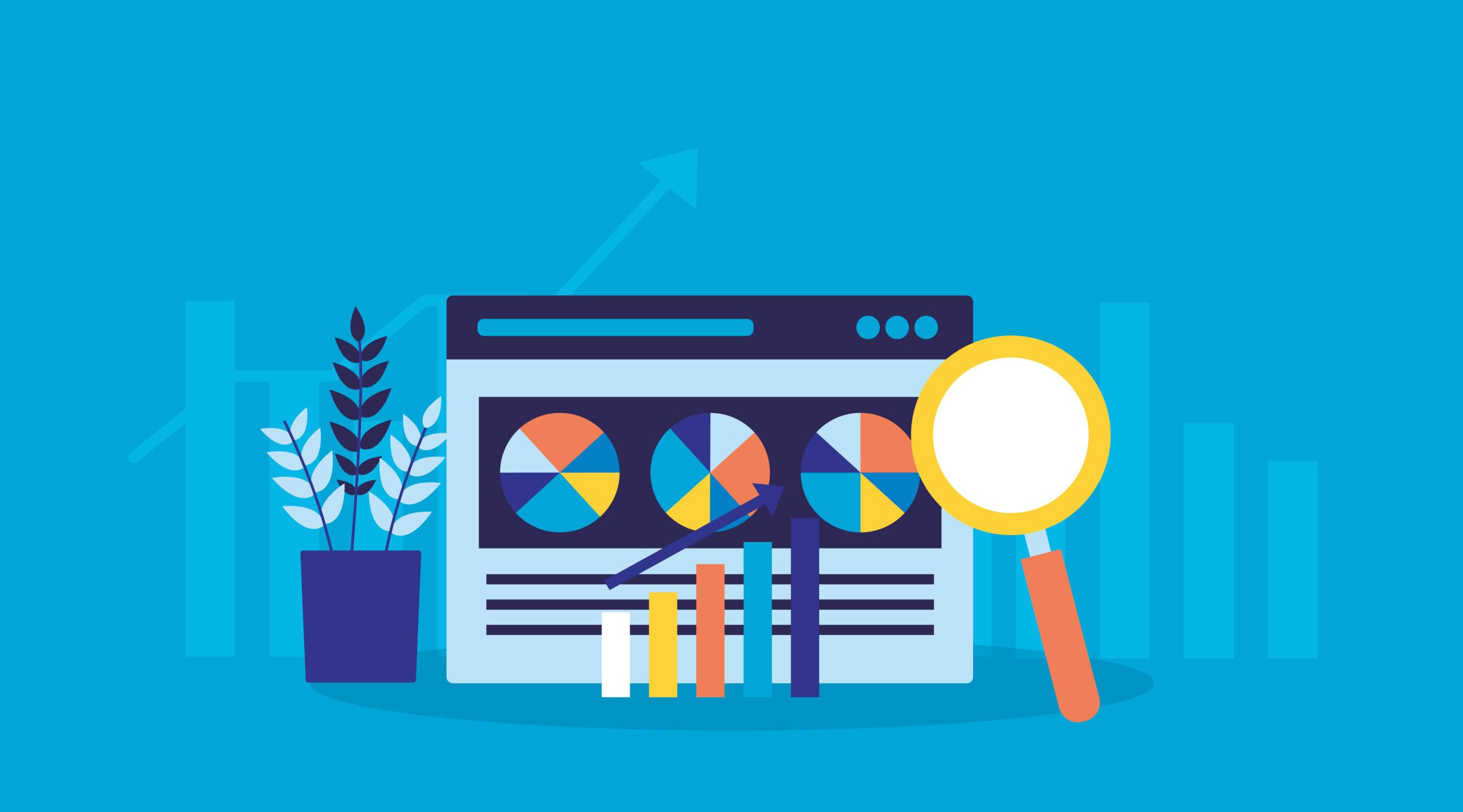Information
If you’re running an ecommerce website, your ultimate goal is to drive sales and revenue. But how do you know if your website is effectively converting visitors into customers? The answer is simple: A/B testing. A/B testing, also known as split testing, is a technique that involves creating two versions of a webpage and randomly showing them to users to see which one performs better. In this article, we will explore the benefits of A/B testing for ecommerce websites and provide strategies for testing different elements such as product images, pricing, and calls to action to optimize conversions and drive sales.
Benefits of A/B Testing for Ecommerce Websites
A/B testing can have a significant impact on the success of your ecommerce website. Here are some benefits of A/B testing:
1. Data-Driven Decision Making: A/B testing allows you to make data-driven decisions based on real user behavior. You can use this data to optimize your website for better conversion rates and ultimately drive more sales.
2. Improved User Experience: A/B testing helps you to identify elements of your website that may be hindering user experience. By testing different versions of a webpage, you can identify what works and what doesn’t work for your users, and make improvements accordingly.
3. Increased Sales and Revenue: By optimizing your website for conversions, you can increase sales and revenue. A/B testing can help you to identify the most effective elements of your website and ensure that you’re providing the best possible user experience to your customers.
A/B Testing Strategies for Ecommerce Websites
Now that you understand the benefits of A/B testing, let’s explore some strategies for testing different elements of your ecommerce website.
1. Product Images: Product images are a crucial element of any ecommerce website. High-quality product images can make your products look more appealing and increase the chances of users making a purchase. A/B testing different product images can help you identify which images perform best and can result in increased conversions. You can test different image sizes, angles, and backgrounds to see which ones resonate most with your customers.
2. Pricing: Pricing can have a significant impact on user behavior. Testing different pricing strategies can help you identify the optimal price points for your products. For example, you can test different pricing structures such as flat pricing, tiered pricing, or dynamic pricing to see which one results in the highest conversion rates.
3. Calls to Action (CTAs): Clear calls to action (CTAs) are essential for guiding users through the purchasing process. A well-placed CTA can encourage users to take action and make a purchase. A/B testing different CTAs can help you identify which ones resonate most with your customers. You can test different colors, sizes, and wording to see which CTAs result in the highest conversion rates.
4. Page Layout: The layout of your ecommerce website can have a significant impact on user behavior. A/B testing different page layouts can help you identify which layout performs best. You can test different layouts such as grid view, list view, or a combination of both to see which one results in the highest conversion rates.
5. Shipping and Returns: Shipping and returns policies can also impact user behavior. A/B testing different shipping and returns policies can help you identify the most effective policies for your customers. For example, you can test different shipping speeds or return policies to see which ones result in the highest conversion rates.
Tips for Successful A/B Testing
To ensure the success of your A/B testing, follow these tips:
1. Test one variable at a time: To accurately measure the impact of each variable, it’s essential to test one variable at a time.
2. use a large enough sample size: A sample size that is too small may not accurately represent your entire audience, leading to unreliable results. Use a statistical significance calculator to determine the appropriate sample size for your tests.
3. Allow enough time for testing: It’s important to give your tests enough time to gather data and produce meaningful results. Depending on your traffic volume, it may take several weeks or even months to gather sufficient data.
4. Keep track of your results: Keep detailed records of your test results, including the variables tested, sample size, and length of the test. This will help you make informed decisions based on the data and avoid repeating unsuccessful tests.
5. Continuously iterate and improve: Use the insights gained from your A/B testing to continually iterate and improve your website. Don’t be afraid to test new ideas and try different approaches to further optimize your website for conversions.
Conclusion
A/B testing is a powerful tool that can help ecommerce businesses optimize their websites for conversions and drive sales. By testing different variables, such as product images, pricing, and calls to action, businesses can gain valuable insights into what resonates best with their audience and make data-driven decisions to improve their website’s performance.
However, it’s important to approach A/B testing with a strategic mindset and follow best practices to ensure accurate and meaningful results. By testing one variable at a time, using a large enough sample size, allowing enough time for testing, keeping track of results, and continuously iterating and improving, businesses can maximize the effectiveness of their A/B testing efforts and drive growth for their ecommerce website.







